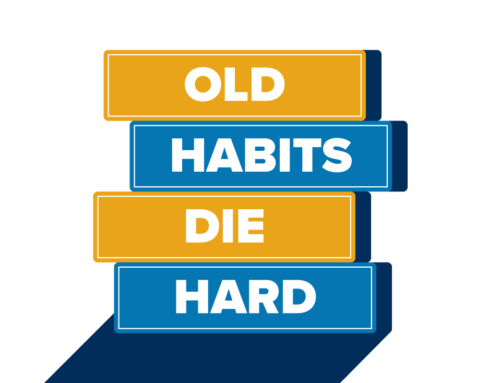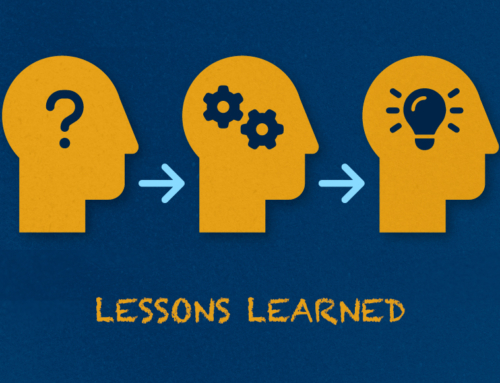by Abe Sherman – CEO, BIG – Buyers Intelligence Group
May 6, 2020
Death of a Salesman is not about the Arthur Miller play, but an acknowledgment that traditional selling is dead. Schlepping a bag from town to town, store to store, to sell their wares like a 1950’s Fuller Brush man is, if not already dead, in critical condition. The men and women who represent jewelry brands will be bringing an entirely new level of sophistication (and tools) to their jobs. Not only will they need to be able to train the store’s sales teams on the features and benefits of their merchandise, but also be able to analyze their customer’s businesses like they never have needed to before: Selling therefore, must become consultative. In fact, let’s just drop the rep from Sales rep and call them what they must become, Sales Consultants or Merchandising Consultants. The role of a well-trained, well-intentioned sales consultant has never been this important to our industry.
One advantage that sales consultants have is they get to see large areas of the marketplace, and learn how successful retailers are using data and technology to thrive in this environment. As retailers look to rely on these relationships, sales consultants will play a far more important role than that of the sales representative. They not only have to represent the brands they carry, but also be advocates for the retailers whom they work with. That doesn’t mean they must take the retailer’s side over their employer’s, but advocate for the success of both parties – creating the win-win that we’ve all been hearing about for decades, yet rarely exists.
Given that some things in the sales cycle may be changing significantly, or at least accelerating towards a future that would have come to us anyway, we will all have to look forward to adopting these changes, or be left woefully behind. Here are some highlights, already here or coming very soon:
Remote Sales Presentations
We should count our blessings that the technology is now firmly in place to adopt the required changes to the selling process. The ubiquitous Zoom sessions we have all participated in over the past two months has become accepted ways of teaching, learning, visiting and meeting – this technology will replace many in-person events while still allowing for “face-to-face” meetings. Heck, this was all envisioned decades ago by the Jetsons and Star Trek! Today’s technology is the embodiment of those with great imaginations from decades ago, sans Jane Jetson’s morning mask! We already use virtual backgrounds for our meetings, let’s bring on the facemasks, I say!
Goal Setting Revisited
Turn goals, sales goals, inventory goals, reorder goals, stock-balancing goals – these are the questions everyone is asking us – what should they be? Fuhgeddaboutit! We are all going to need to do more with less: Less inventory, fewer retailers, fewer suppliers, but more collaboration and cooperation between all stake holders in the industry. We must agree to share.
The BIG Network: Data Education
BIG has been aggregating hundreds of brand’s inventory for more than a decade. The BIG Network™ not only aggregates retailer’s data but makes it available (with the retailer’s explicit permission) to the suppliers they choose to share it with. But that’s not all we do for our vendors; we train them. We train them in how to interpret the data of course, but we also train them to think like a merchandising consultant and not like Death of a Salesman’s Willy Loman.
Redefining the Customer Relationship
Too often, in the jewelry industry, the retail jeweler is the customer as far as manufacturers are concerned. Brands have thought that once they sold their merchandise to the retailer, their job was finished. But this can no longer be the case. Both parties have to understand that until the merchandise is sold to the end-consumer, both manufacturer and retailer are tied to the merchandise. Billions upon billions of dollars of inventory is sitting in jewelry stores in the US alone, and a new level of cooperation is called for.
Retailer and supplier alike will be required to participate and share in the efforts of seeing that their inventories are sold down, whether via the store that bought it, or by moving that inventory back into the pipeline so that another retail store sells it. By optimizing all of the inventory in the system, cash will flow faster, inventory will replenish faster and opportunities to introduce new collections will accelerate. The sales rep who thought his job was finished is going to have to do more than just show up, open his bag, write and order and move onto the next store. He’s going to have to be part of the process of making sure the right merchandise is in the right stores at the right time.
The customer is not the retailer. The customer is the consumer who will buy the merchandise and take it home.
The Selling Cycle
During these 50 plus years I have been in this industry I’ve seen quite a lot of changes. But what is needed now is an evolution of the manufacturer-to-retailer selling process. Retailers are already doing it – they are using social media and apps to reach out to their customers. Zoom meetings are going to replace sales consultant’s onsite visits and some trade show meetings as well. While retailers use the technology to reach out to customers, that won’t be near good enough for a manufacturer-to-retailer presentation. Sales consultants will need to garner a much better understanding of their customers and they are going to have to learn how to analyze data and make recommendations to the buyers based on what will help drive the stores business, not just what’s new for the season. Simply networking (visiting) with retailers isn’t going to be good enough either. Sales consultants have to be more than a salesperson, they have to be consultants armed with data, advice & guidance.
Willy Loman need not apply.
“The jungle is dark but full of diamonds, Willy.”
― Arthur Miller, Death Of A Salesman
Abe Sherman






